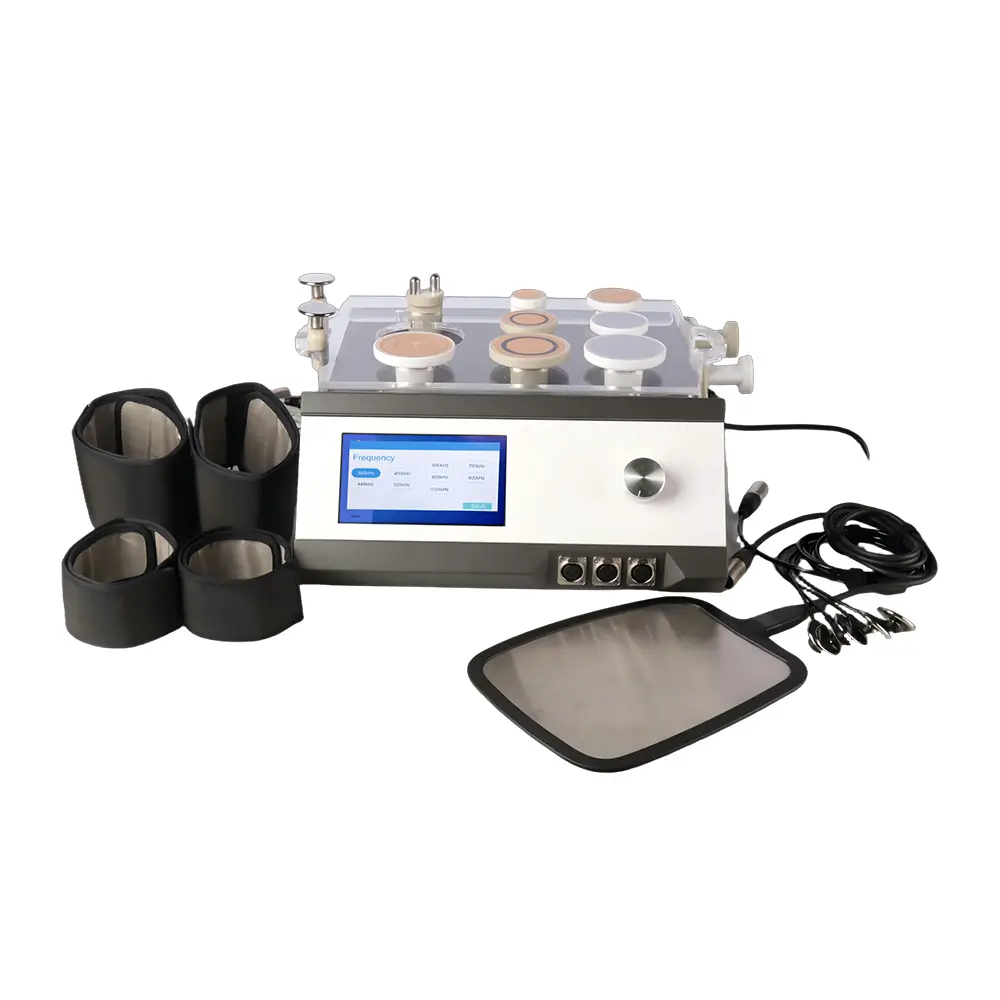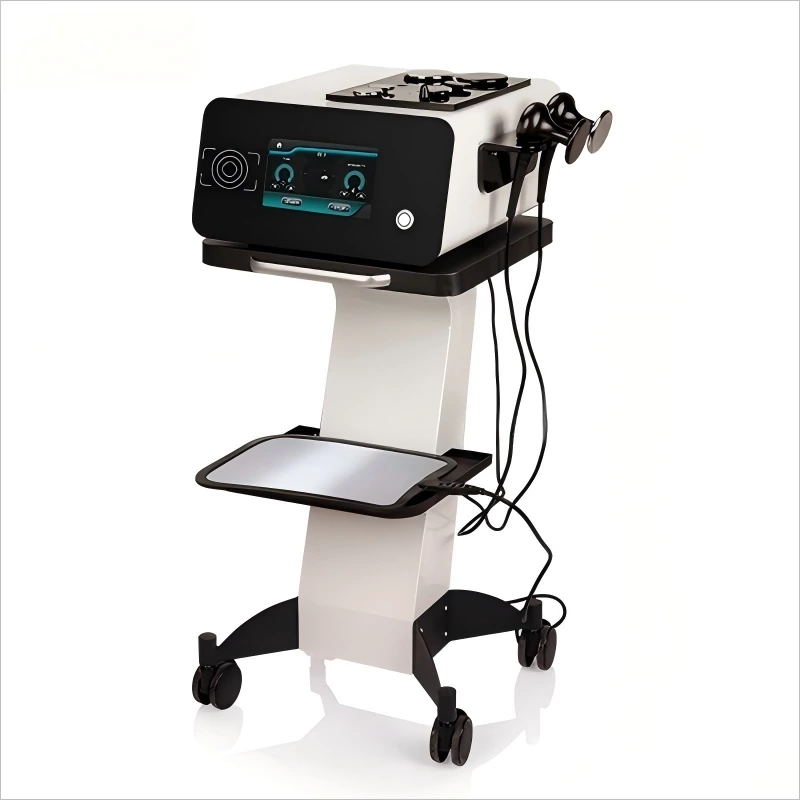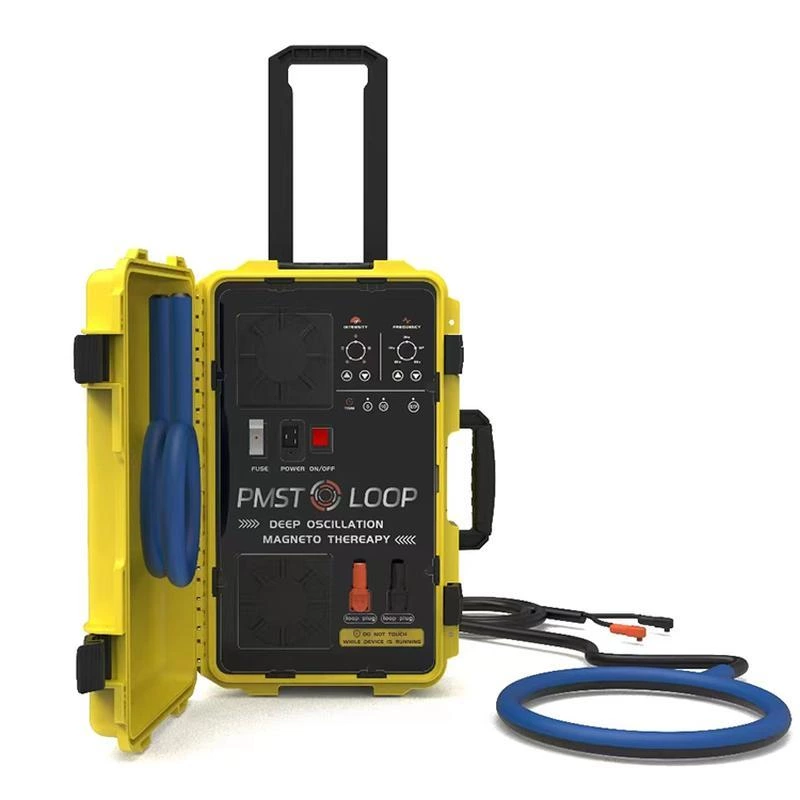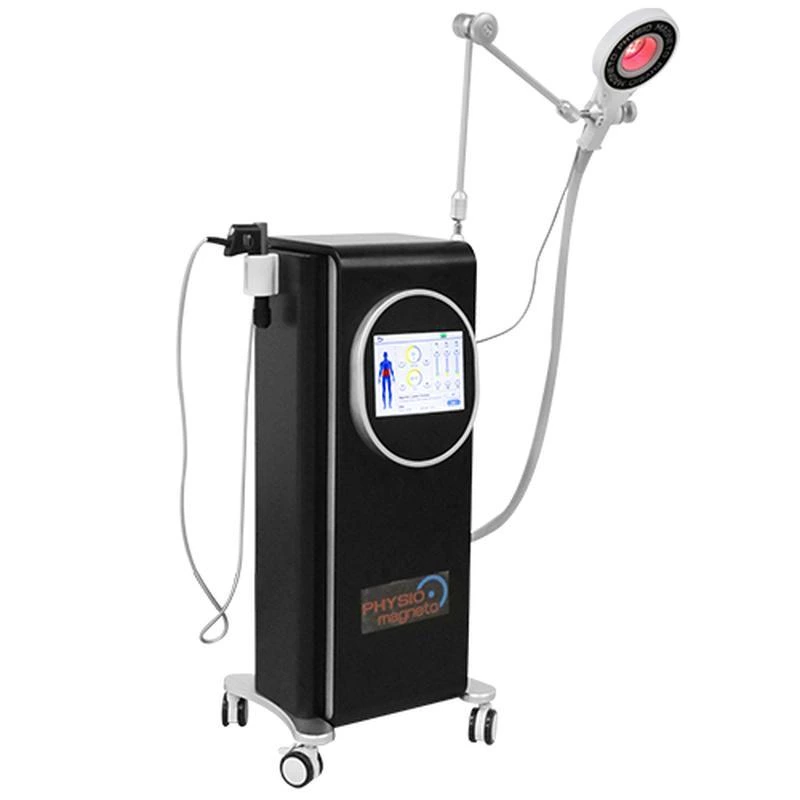Plasma Skin Care The Science Behind Plasma Therapy For Skin Renewal
Plasma Skin Care: The Science Behind Plasma Therapy for Skin Renewal
Plasma therapy has emerged as a revolutionary approach in dermatology, offering a non-invasive solution for skin rejuvenation. By harnessing the power of ionized gas (plasma), this technology stimulates cellular regeneration, improves collagen production, and addresses various skin concerns. In this article, we explore the science behind plasma skin care and its clinical applications.
Clinical Applications of Plasma Skin Care
1. Reducing Fine Lines and Wrinkles
Plasma therapy targets superficial wrinkles by remodeling the extracellular matrix. A 2022 trial demonstrated a 40% reduction in periorbital wrinkles after three sessions.
2. Treating Acne Scars and Hyperpigmentation
The technology minimizes scar texture by promoting even collagen distribution. It also breaks down melanin clusters, reducing sunspots and post-inflammatory hyperpigmentation.
3. Enhancing Skin Tightening
For mild to moderate skin laxity, plasma devices deliver energy to deeper dermal layers, triggering tissue contraction. Results are visible within 2–4 weeks post-treatment.
| Concern | Improvement Rate | Recommended Sessions | |----------------------|----------------------|--------------------------| | Fine Lines | 70–80% | 3–5 | | Acne Scars | 50–60% | 4–6 | | Pigmentation | 60–70% | 3–4 |
Conclusion: Is Plasma Therapy Right for You?
Plasma skin care bridges the gap between non-invasive treatments and surgical procedures. Ideal for patients seeking noticeable rejuvenation without extensive downtime, it’s particularly effective for:
- Aging skin with reduced elasticity
- Post-acne scarring
- Dull or uneven skin texture
To explore certified plasma devices and protocols, visit MBS Medical, a leader in medical aesthetic technology. Always consult a licensed dermatologist to determine the best treatment plan for your skin type.
Disclaimer: Results may vary based on individual factors. Clinical studies cited are available upon request.




